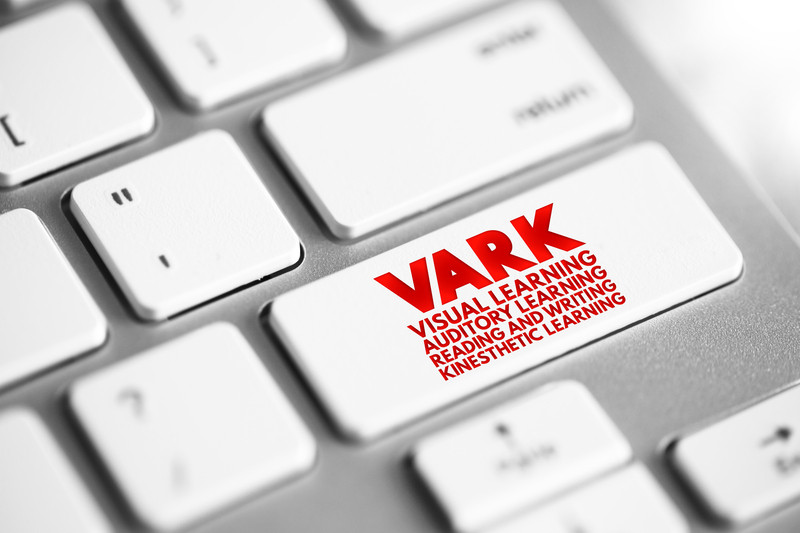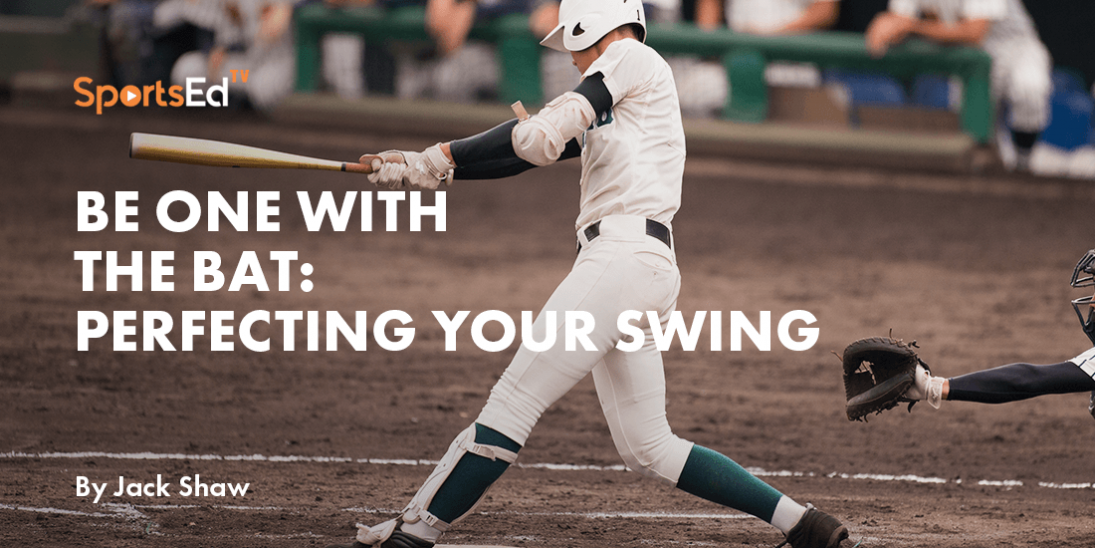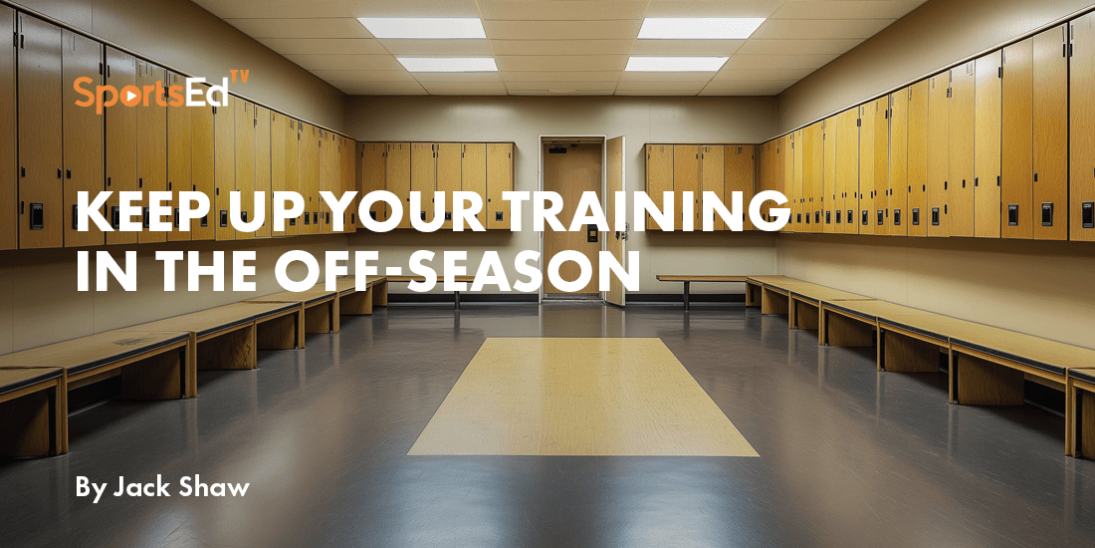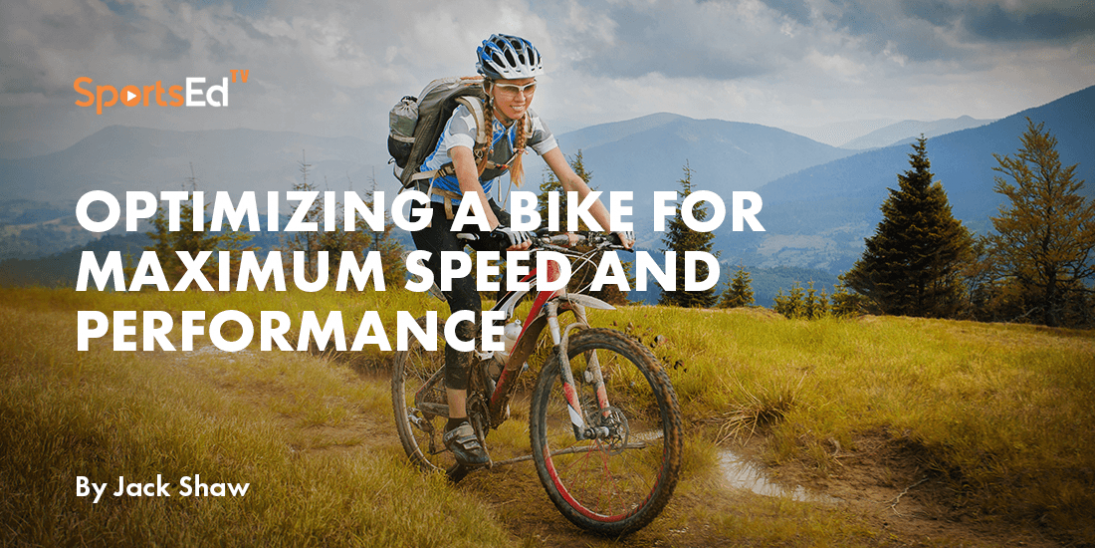Basketball, Mental Toughness, Soccer, Sports Parenting, Sports Psychology, Tennis, Volleyball
Welcome and thanks for visiting...

Understanding Learning Styles Can Help You Be a Better Coach
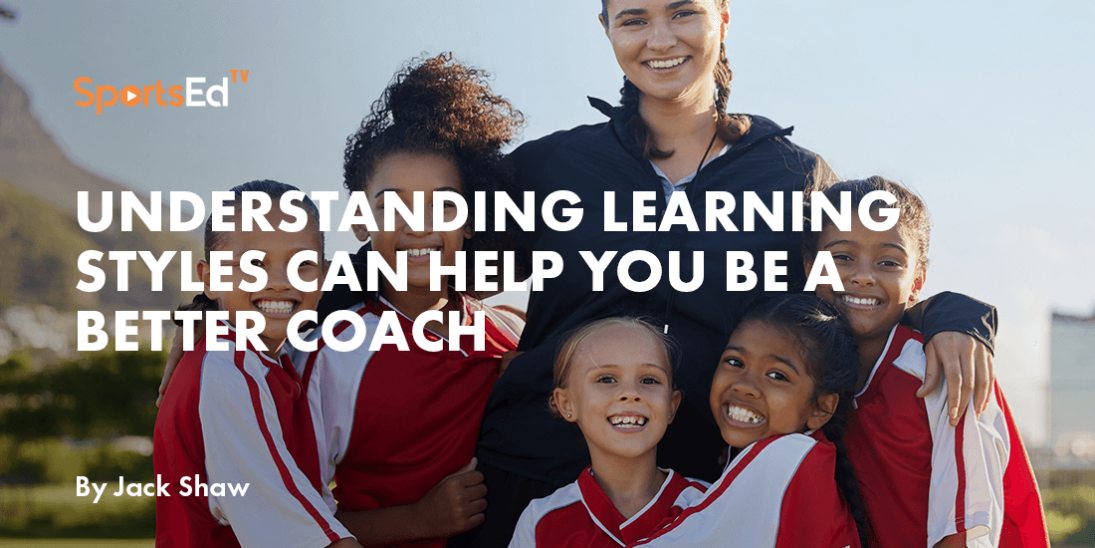
The best coaches know how to accommodate their players’ learning styles. They understand that adaptability to their students’ unique requirements is the key to unlocking their potential, ultimately enhancing performance and fostering a more productive relationship.
Explore the significance of this coaching approach and how it can empower you to become a more effective mentor on and off the field.
What Are the Different Learning Styles of Athletes?
Learning styles are simply a person’s preferred way of absorbing and processing information. Matching your coaching techniques to these individual preferences can improve overall outcomes and enhance team performance.
Though over 71 models and subcategories exist, there are four primary learning styles — visual, auditory, kinesthetic, and reading.
As the name suggests, visual learners prefer to receive information through illustrative cues, such as diagrams, pictures, and videos. Show them visually what you want them to learn, work on or improve to get the best possible results.
An auditory or aural learner prefers to receive instructions by hearing. Speak directly to them about what you want them to learn. You can also provide feedback and corrections through other aural inputs like voice recordings and podcasts. The biggest challenge is keeping their attention, especially in a time of countless distractions.
Kinesthetic athletes prefer to learn by doing. They like to see and hear feedback and then make the necessary changes or corrections to their game. Tell them what to do, show them how to do it, and practice with them a few times to help anchor effective learning. Keep in mind these learners often need time to integrate new requirements into their routines, but once assimilated, the lesson sticks.
Reading and writing learners prefer to study written feedback and instructions. They also like to journal to process and retain information.
It’s important to note that these distinctions cut across every field that involves imparting knowledge — from kindergarten to college and even in the workplace. An estimated 89% of teachers believe individuals learn better when receiving information in their preferred learning style and make an effort to adapt their approach.
Assessing Effectiveness
From an athlete’s perspective, reading and writing may be the least effective ways to grasp sports-related information due to the physically demanding nature of athletic events. For example, it’s virtually impossible to master defensive positioning in football or stop a rocket shot headed to goal only by reading about it. Of course, there’s always room for classroom learning, but when it comes down to it, practical, on-field experience matters more.
Consequently, kinesthetic learning can be the most effective method for understanding the ins and outs of a particular sport, including feedback, corrective measures, and new tactics.
Players can learn about the history and rules of the game through other learning styles, but ultimately, they have to experience it firsthand to actually participate. For instance, no amount of reading texts and watching videos will prepare an athlete for the rigors of boxing or any other contact sport.
The important thing to remember is that it’s rare for an athlete to fall exclusively into one learning category. Just because an individual is a kinesthetic learner doesn't mean they cannot benefit from visual or aural learning. In fact, a combination of learning styles may provide the best outcomes and enhance team dynamics.
Identifying Learning Styles in Athletes
Understanding your players’ preferences for receiving instructions and feedback is fundamental to effective coaching. It is also an integral step in truly connecting and engaging with them. Consider these practical methods for identifying and leveraging learning preferences to enhance athlete development.
Observation
Closely observe how your players respond to different coaching techniques during training sessions and in the locker room.
For example, if you requested specific changes to the gameplay or positional movements using instructional videos, note which players are able to implement them quickly and without errors. This may suggest that they are visual learners. Conversely, a player who excels when given hands-on demonstrations may indicate a kinesthetic learning preference.
One-on-One Discussions
If discovering your player’s ideal learning style is proving difficult, engaging in individual conversations may offer deeper, more useful insights. Ask them if they have any preferences about receiving instructions and feedback. The key is to listen carefully and work with them to modify your approach based on their responses.
Surveys
Implementing learning style assessment tools like the VARK questionnaire can provide valuable insights into your players’ preferred learning modes. This method works best for large teams and situations where there is little time for one-on-ones. Simply asking them what learning style resonates with them can provide the insights you need to tailor your approach accordingly and develop individualized training plans.
Balancing Individualized Coaching with Team Objectives
Admittedly, you’ll likely burn yourself out trying to cater to everyone’s personal learning preferences. Equally important is ensuring your individualized coaching approaches do not compromise team unity and collaboration.
It can be a thin line to tread, so don't hesitate to seek help from the greats. For instance, you could take advantage of readily available expert resources to gain invaluable knowledge and inspiration for aligning individual learning goals with the team's overarching objectives.
Tapping into the experiences and expertise of people who have succeeded in similar situations also helps you innovate in your sport. Pep Guardiola, one of the best soccer managers ever, has always credited his success to influences from legends like Johann Cruyff and Marcelo Bielsa.
Ultimately, the goal is to be flexible in your coaching strategies and accommodate varying learning styles while focusing on the team's collective progress.
Adaptable Teaching Makes You a Better Coach
As sports coaching evolves, acknowledging and catering to different learning styles is increasingly pivotal to enhancing athlete development and team performance. By adapting your instructional approaches, you can create more personalized and impactful training environments while cultivating a culture of inclusivity and excellence.


